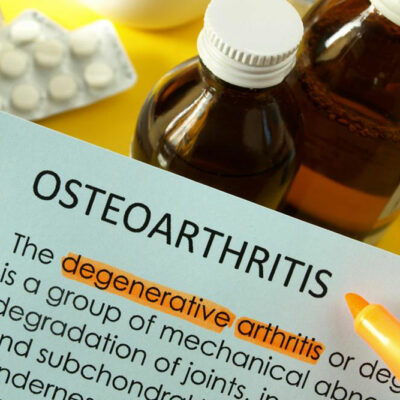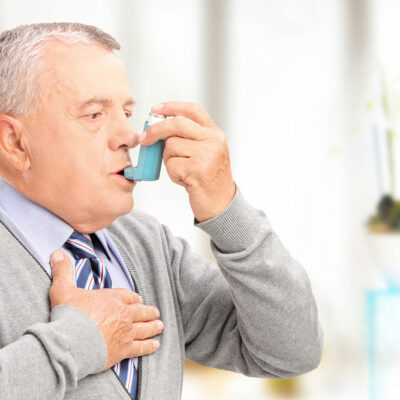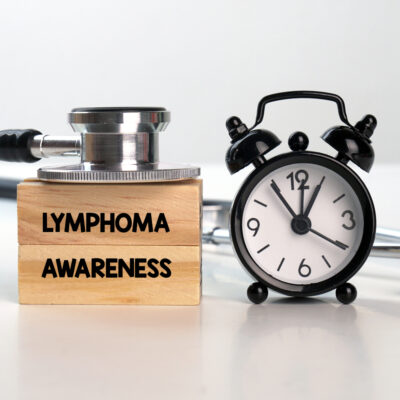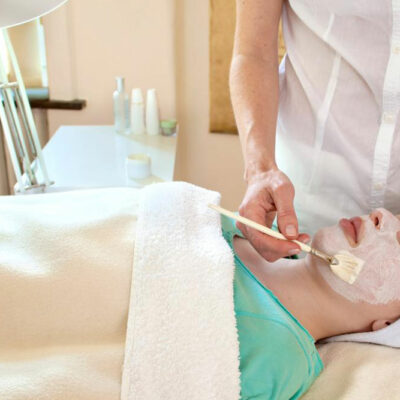
Health Conditions
Diagnosing and treating melanoma skin cancer
Melanoma is a form of skin cancer that affects the melanocytes – the cells in the basal layer of the epidermis, that produce melanin (the pigment that colors a person’s skin). Melanoma can also occur in the mouth, nose, anus, and vagina. Rarely, melanoma affects the eyes and internal organs. Melanoma skin cancer accounts for about 1% of all skin cancer cases in the country and has the highest mortality rate. The number of melanoma skin cancer cases has risen rapidly over the last 30 years. There has been a 3% increase in cases in men and women aged over 50 years. A little less than 10,000 people will be diagnosed with melanoma skin cancer in 2019. The exact cause of most forms of skin cancer is still unknown. Higher incidence of skin cancer such as melanoma occurs in people who are regularly exposed to sunlight or use sun and tanning lamps that use ultraviolet rays. It is suggested that long exposure to UV rays damages the DNA of cells and the cells undergo mutation. These abnormal cells tend to multiply rapidly, at a rate faster than normal cells. The existing cells are pushed out by the damaged cells, which form lesions or tumors on the skin surface.
Read More 















